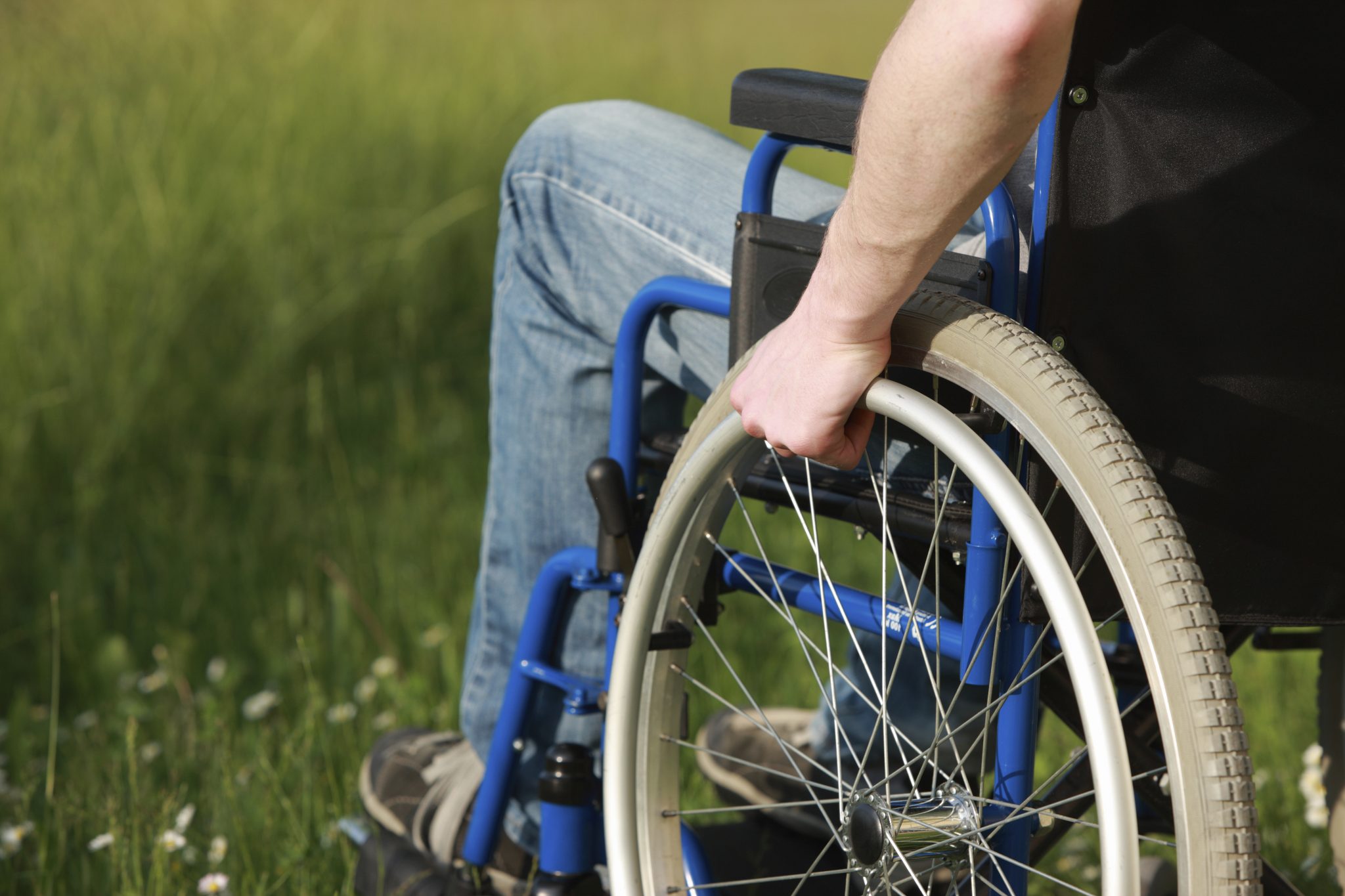Emergency Handbook

Caregivers may need to gather and prepare additional items to supplement the standard emergency kit if they plan to shelter in place or are forced to evacuate a home.
Here are some suggestions for caregivers to consider when assembling their kits:
- special equipment for feeding or respiration of patient
- special foods to meet dietary requirements
- equipment for personal care such as a shower bench
- regular medical treatments such as dialysis
- communication equipment such as adaptive hearing or sight devices
- backup for electricity-dependent equipment
- medicine or prescriptions for a minimum of 2 weeks
- mobility aids such as a wheelchair, walker, or scooter
- service animals and their food and care items
- Evacuating is difficult under any circumstance, but evacuating someone who needs special care requires extra planning. The American Red Cross has designated specific sites in each locale as special needs or medical needs shelters.
Special needs shelters are prepared with staff and basic medical supplies to provide ongoing care for people whose medical conditions require more care than the typical Red Cross shelter can provide but who do not require hospitalization. Most special needs shelters require you to preregister.
To find out where your local special needs shelters are located and to preregister, contact your city or county emergency management agency. For more detailed information, visit www.ready.gov/individuals-access-functional-needs.
Service animals. When told to evacuate, it will be important to take the service animal with you. However, check with the local sheltering authority to see if service animals are allowed at evacuation facilities.
Many states designate shelters that allow animals. Other shelters may prohibit them.
Plan ahead for the supplies the service animal will need as you are preparing your own supplies. The animal will need food, water, medications, and sanitary and other types of supplies to evacuate safely. Shelters may require documentation that the animal is a service animal and that it has been vaccinated.
Used by permission of the Federal Emergency Management Agency (FEMA).
Use pesticides only according to the directions on the label. Follow all directions, precautions, and restrictions that are listed. Do not use pesticides on plants that are not listed on the label. Trade and brand names used are given for information purposes only. No guarantee, endorsement, or discrimination among comparable products is intended or implied by the Alabama Cooperative Extension System. This publication is for information purposes only and should not be a substitute for recommendations or treatment by a health care provider.

